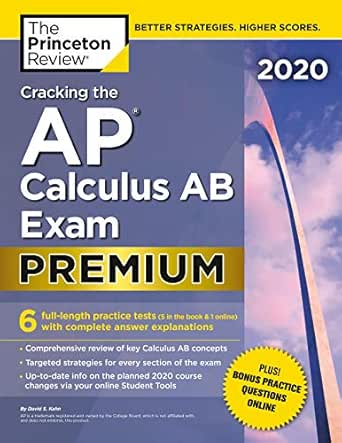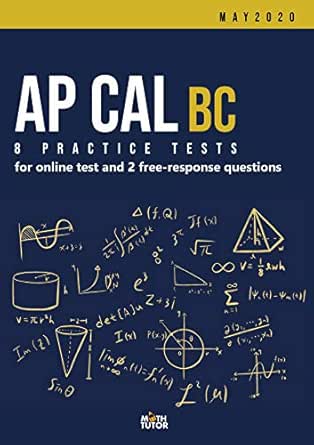Helloap Calculus

Online learning, using an ultralight portable laptop or tablet and a reliable high-speed internet connection, is so common in 2020 that it’s noteworthy when it doesn’t happen. But 35 years ago, the idea of bringing groups of students together from different geographic locations to take a class with a teacher who was somewhere else, too, was inconceivable. Personal computers were rare sights in classrooms, the internet was slow and used primarily by university and government researchers, and all of the equipment needed to network classrooms was prohibitively expensive. Taking a class on a computer? Sounds like a plot point in a crazy sci-fi movie!
And yet, that’s how students at five different rural New York schools attended an AP Calculus class, taught by a college professor in yet a different place, in 1986. Reading James Leach’s article about this experiment in distance learning, originally published in the Summer 1986 issue of The College Board Review, is kind of mind bending. Yes, it’s dated—floppy disks are vital to the class succeeding—but it also points to our digital present: Tucker uses a nascent iPad® and Apple Pencil® to answer student questions. Students draw letters that appear on everyone’s monitors, pointing toward touchscreens and tactile computing. Everyone’s routed through a connection handled by AT&T®, which anticipates the kinds of networks that power our smartphones.
We’ve certainly come a long way from that pilot AP Calculus project , but nearly four decades later it still resonates as an experiment in potential and hope—for innovating new ways to learn, and for connecting students in far-flung places with education and opportunity.
Hello Ap Calculus Test
Calculus takes many of the concepts and methods used in Algebra, Geometry, Algebra 2, and Advanced Math (Trig onometry/Pre-Calculus) and ties them together. Calculus is such a useful tool in the real world because it is the mathematics that enables us to determine, forecast, and model things that CHANGE. For a) take the derivative of x(t) using the quotient rule. For b) find x(2) and then v(2) (from the previous equation in part 'a'). If both x(2) and v(2) have the same signs the particle is moving away from the origin. If they have opposite signs the particle is moving toward the origin. For c) take the derivative of velocity from part a) using the quotient rule and solve for a(2).

